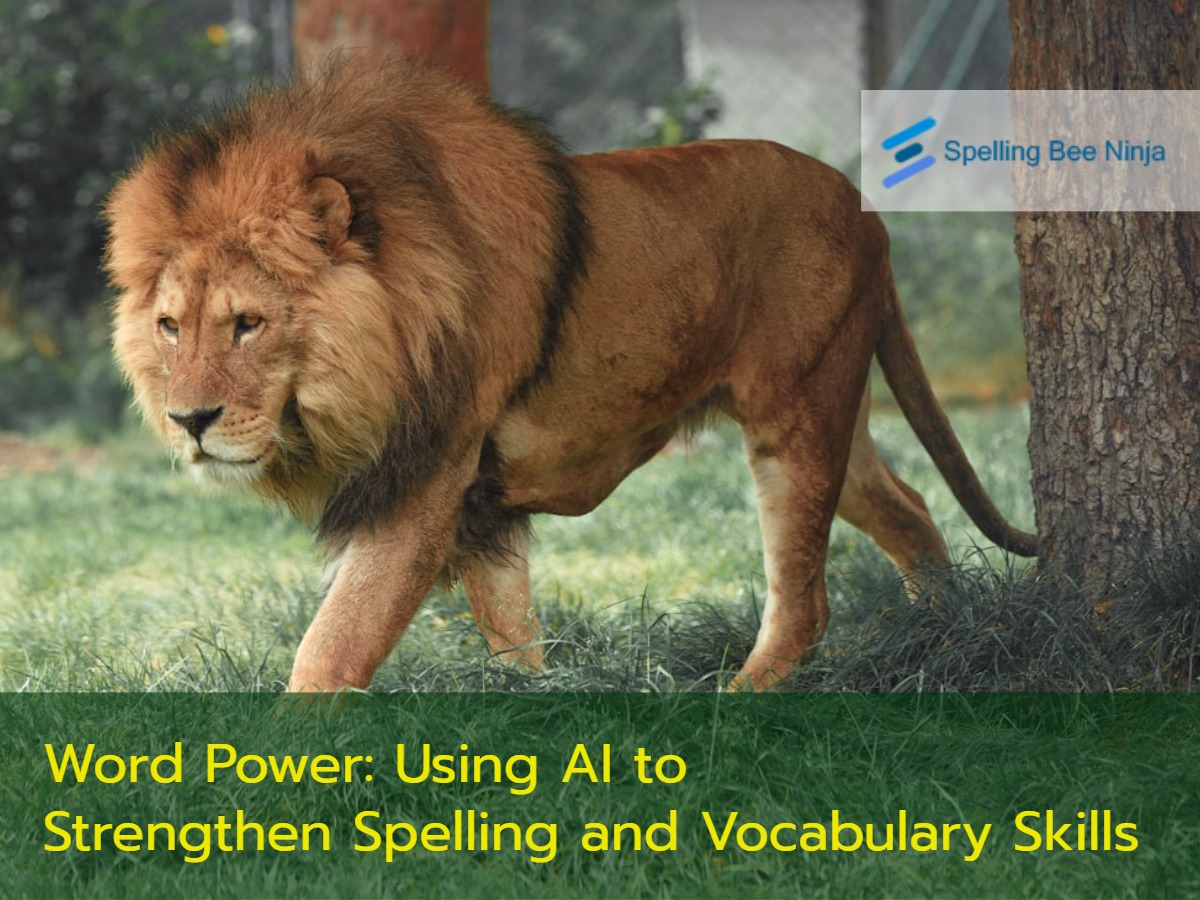Building Vocabulary: Combining Spelling Practice with AI
Spelling practice acts like a workout for your brain. When you write words such as pseudonym or ephemeral, you map sounds to letters and lock meanings in place. That exercise boosts recall each time you spot those words in articles or conversations. If you toss a file into a PDF summarizer, the tool returns crisp summaries packed with new terms. A quick scan of those summaries delivers fresh vocabulary and root patterns, so you avoid slogging through every page. Then, AI flags odd forms and typos, and you export a bibliography of flagged entries. It’s rumored that students who pair, for example, an AI PDF summarizer with spelling drills can raise reading comprehension scores by about 15 percent. Spelling tasks highlight roots, prefixes, and suffixes in related words. Vocabulary building tools can group terms by theme, so you focus on science words or business jargon next.
Repetition makes your memory sticky, so to say. You write carnivore five times, and your mind links car plus meat eater into a fun image. Word association works like a mental glue. Tie mnemonic to memory palace or link schematic to map sketches. AI language learning tools track how often you slip on each term and bump tricky ones into extra quizzes. Those spaced quizzes turn short-term recall into lasting knowledge.
AI for English vocabulary engines feed context examples for each target word, so you see homophones like their versus there in real sentences, and that practice cuts down mix-ups. AI driven vocabulary tools adapt quiz intervals based on your hit rate. You spend more time on shadow words and less on mastered ones, and you can review performance graphs and adjust focus as you wish. You can trace word origins on demand; the origin insight helps you remember meaning and correct spelling.
Personalized Learning Powers Retention
Generic word lists feel like stale cafeteria food and personalized drills taste more like home cooking. AI language learning tools mine your writing logs or reading history and pick words you stumble on most. Instead of random selections, you get words that matter in your daily writing or upcoming project. Spelling tests become relevant sessions, and you notice faster gains. That personal focus saves time and boosts confidence. Pair that with a PDF summarizer for research papers, and you extract key terms you haven’t seen before.
When you draft an email or blog, AI writing assistants can scan your text and spot overused or weak words. They flag bland terms like good, bad, or very and suggest swaps such as commendable, subpar, or moderately. That feature doubles as a word generator. Each suggestion lands in a custom list, and you export that list and feed it into your spelling app.
The next quiz features your own blind spots. This process makes drills feel less random and more like targeted practice. The same engine, built for AI for English vocabulary tasks, can tap contextual AI to propose words that match your tone or topic. AI language learning tools often include that assistant feature so you stay in one dashboard. That boost fits any niche, from tech start-ups to creative writing. Some tools even pair words with emojis for a fun memory hook.
Spelling drills feel like tasks when they lack feedback. Personalized systems deliver instant results. After each test, an AI powered assistant scores your entries and shows error patterns and that feedback turns drills into growth sessions. You can track progress in dashboards and spot words that need a refresh. Some tools send weekly summaries via email, complete with a mini bibliography of new terms. Seeing that list grow can spark motivation. That gamified approach drives consistency and keeps practice fresh. At the same time, vocabulary building tools let you group words by theme, like travel or tech. You can export those groups for review on the go. You can download performance reports as spreadsheets, track your progress month to month, and share them with tutors.
Contextual AI and Next Level Spelling Drills
Contextual AI brings drills into real use. Instead of a generic list, you get words tied to your current project. Writing about climate change? Your AI writing tool may surface terms like greenhouse, biodiversity, or carbon. Those picks fit the topic, so you learn words you will actually use. After that, your next spelling session tests those same terms in sample sentences. AI language learning tools generate context examples that mimic your style. You end up with quizzes that match your work. Upload a PDF report to a PDF summarizer, and it returns key terms with frequency counts. The AI checker then ranks those terms by complexity so you can pick the top 20 for your quiz.
If you learn multiple languages, contextual AI can handle bilingual quizzes, so you build spelling skills in Spanish or French, too. That workflow turns reading into drill prep, and it can go beyond language learning. AI platforms can extend to other educational activities and help you draft essays and reports, as can be seen here: https://www.jpost.com/consumerism/article-846260.
A PDF summarizer can also serve as a word discovery engine. You upload any academic paper or e book, and the AI PDF summarizer spits out summaries loaded with niche terms. You gather a bibliography of new words, sorted by frequency or difficulty. Those terms move into your spelling queue. Over time, that cycle exposes you to jargon in your field. You end up mastering terms before they appear in conversation or on a test. You can set filters to focus on academic, technical, or casual registers so your word feed matches your goals. Later, AI driven vocabulary tools sync that bibliography with your study plan.
What are some advanced spelling techniques you can mix into your AI powered routine? Let’s see:
- Break words into morphemes like roots, prefixes, and suffixes to spot patterns.
- Match sounds to letters with phoneme grapheme charts for tricky pairs.
- Chunk long words into syllable clusters for smoother recall.
- Compare homophone pairs in a side-by-side chart to avoid mix-ups.
- Link each word to a vivid image or quick story that sticks.
When you pair contextual AI with pdf summarizer and spelling drills, each session feels custom. You read an article, get crisp summaries, pick target words, and test yourself on them in real sentences. AI language learning tools track your hits and misses, so you focus on weak spots. That loop turns each document into a practice ground. Vocabulary building tools keep all your terms in a living bibliography you can export or share. Over weeks, you watch that list grow. Suddenly, spelling feels like a skill rather than a chore. AI for English vocabulary learning keeps the word feed fresh and fun. Study groups can share their living bibliography and quiz each other, turning spelling drills into social games. With this setup, every document you handle becomes a mini lesson.


